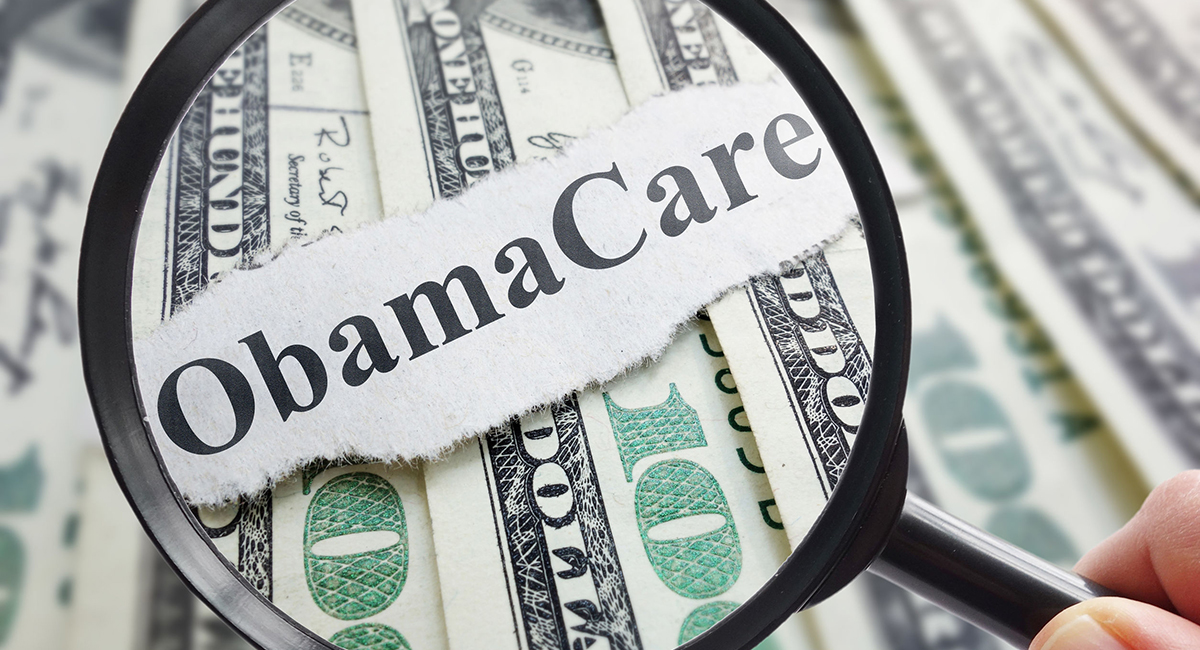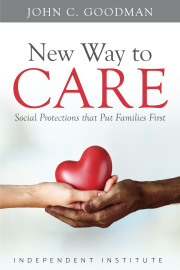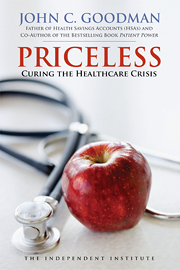When Democrats passed the Affordable Care Act of 2010, President Obama and lawmakers made the same claim over and over: The act would make good, affordable health insurance available to people with pre-existing conditions. The actual result has been the opposite. ObamaCare makes health insurance as good as possible for the healthy and as bad as possible for the sick.
According to President Biden, health insurance in America is free or almost free (“as little as $10 a month or less” after subsidies) for about 80% of people who acquire it in an ObamaCare exchange. Most preventive care—the only kind of care healthy people require—is also free.
If you are sick, things are different. Consider a hypothetical middle-aged couple in Dallas earning $70,000 a year. Suppose they have two children, both of whom have serious birth defects. Although this family will pay no premium for a Blue Cross bronze plan in the ObamaCare exchange, they will face a $9,100 deductible for each child. Their total out-of-pocket exposure is $18,200 a year.
It gets worse. Patients with serious diseases often require the care of highly trained specialists who usually work at centers of excellence. But that family in Dallas will discover that their Blue Cross plan isn’t accepted at leading cancer providers nearby, including Baylor University Medical Center and the University of Texas Health Science Center, or MD Anderson Cancer Center in Houston.
The problem isn’t unique to Texas. ObamaCare plans have very skinny networks in every state. They tend to pay providers Medicaid rates or close to them. As a result, ObamaCare looks like Medicaid with a high deductible. A great many providers, including prestigious medical institutions, won’t accept Medicaid managed care—the version of Medicaid most recipients receive—or ObamaCare.
When a patient with ObamaCare coverage goes out of network, the plan usually pays nothing and the patient’s payment doesn’t apply to his deductible or out-of-pocket maximum.
In addition to ObamaCare’s high medical expenses for the sick, there is an implicit tax on their earned income. Suppose our Dallas family earned only $60,000. According to Healthcare.gov, their children could qualify for CHIP, (the Children’s Health Insurance Program) or Medicaid, and they wouldn’t be allowed into a subsidized private exchange plan. Given their lower income, the best exchange plan the family would qualify for would now be the Blue Cross silver plan, which carries zero premium. This means that if the parents stay healthy, they would have no out-of-pocket medical expenses.
But things quickly change if they rose to $70,000 household income again. The penalty would be an $18,200 increase in maximum medical costs—a marginal tax rate of 182%.
Even with the children on CHIP, the parents could have serious medical problems of their own and an accompanying implicit tax on income. At an income, say, of $30,000, the best option is a silver plan with a small premium combined with a small deductible. But if their income doubles to $60,000, the out-of-pocket exposure will increase by $14,200. That’s an implicit marginal tax increase of 47%.
Healthy people tend to buy health plans based on premium alone and ignore all other features. So when premiums are set so low that the enrollee pays nothing, the plan will attract enrollees who will cost almost nothing. But they will generate government subsidies worth thousands of dollars to large insurance companies.
By contrast, sick enrollees are potentially financial losers. High deductibles and narrow provider networks deter the sick, who are guided by these plan features. If a sick potential enrollee chooses a competitor’s plan, so much the better.
If you wonder why ObamaCare was designed this way, consider that it wasn’t designed by Mr. Obama or by Democratic lawmakers. It was designed by special interests. ObamaCare has been pouring about $60 billion a year in new money into the healthcare system. All that spending is lining the pockets of insurance companies, hospitals and some doctors—although it doesn’t appear that there has been any overall increase in the amount of healthcare being delivered.
Most people with serious health problems who have to buy their own coverage would have been much better off in the pre-ObamaCare health system. In Texas there was a risk pool for people who delayed buying a plan until they really needed one. Premiums were higher than what others were paying, but less than ObamaCare premiums today. A typical offering was a standard Blue Cross plan, with reasonable deductibles and networks that covered almost all doctors and medical facilities.
In the last two sessions of Congress, Democrats had an opportunity to reverse some of the worst aspects of ObamaCare. Instead, they added $30 billion of “enhanced subsidies,” which will make health insurance cheaper for healthy people making as much as several hundred thousand dollars a year.













